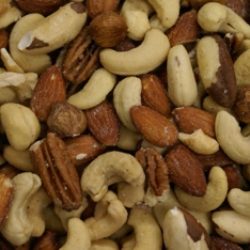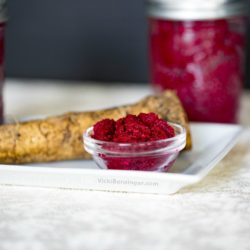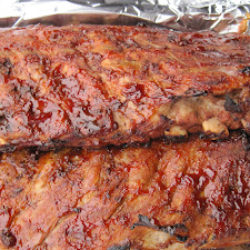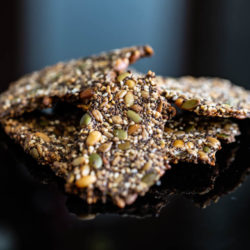Perfect Hard-Cooked NOT Hard-Boiled Eggs!
Easter will be here before you know it and for those celebrating you’ll probably be making lots of hard-cooked eggs. Whether you’re making them to decorate or to eat you’ll want to be sure you cook them properly.
It’s really quite simple to prepare perfect hard-cooked eggs. First of all you need to know the difference between a hard-cooked and a hard-boiled egg. Although the cooking water must come to a full boil in this method, the pan is immediately removed from the heat so that the eggs cook gently in the hot water. This produces tender, not rubbery, eggs and minimizes cracking.
Most people I know just plop them into the water, let them boil for 10 mintues or so and then turn the heat off. If you cook your eggs too long you’ll find you have a green ring around the yolks. This harmless but unsightly discoloration that sometimes forms around hard-cooked yolks results from a reaction between sulfur in the egg white and iron in the yolk. It occurs when eggs have been cooked for too long or at too high a temperature.
For perfect hard-cooked eggs without the green ring just follow these instructions. You’ll not only have perfect eggs everytime but if you’re celebrating Easter then you’ll have perfect Easter Eggs as well!
- PLACE eggs in saucepan large enough to hold them in single layer. ADD cold water to cover eggs by 1 inch. HEAT over high heat just to boiling. REMOVE from burner or turn your flame off if using a gas stove. COVER pan.
- LET EGGS STAND in hot water for:
15 minutes for large eggs
12 minutes for medium eggs
18 minutes for extra large
- DRAIN immediately and serve warm. OR, cool completely under cold running water or in bowl of ice water, then REFRIGERATE.
Note:
Very fresh eggs can be difficult to peel. To ensure easily peeled eggs, buy and refrigerate them a week to 10 days in advance of cooking. This brief “breather” allows the eggs time to take in air, which helps separate the membranes from the shell.
Hard-cooked eggs are easiest to peel right after cooling. Cooling causes the egg to contract slightly in the shell.
To peel a hard-cooked egg: Gently tap egg on countertop until shell is finely crackled all over. Roll egg between hands to loosen shell. Starting peeling at large end, holding egg under cold running water to help ease the shell off.
Next up time I’ll share with you some fun Easter Egg decorating ideas.
Don’t forget to register for my FREE GIVEAWAY! Time is running out, you won’t want to miss this!





 Hi, I’m Vicki Bensinger! I have been teaching culinary classes throughout Missouri since 1992. I offer personalized private culinary classes for individuals and small groups in the comfort of your home or organization.
Hi, I’m Vicki Bensinger! I have been teaching culinary classes throughout Missouri since 1992. I offer personalized private culinary classes for individuals and small groups in the comfort of your home or organization.




“First of all you need to know the difference between a hard-cooked and a hard-boiled egg.” You never say what the difference is? Please let me know. Are hard-boiled eggs the ones your friends pop in the boiling water for 10 minutes . . .
Thanks
Hi Sue,
Hard cooked eggs are brought to a boil then removed from the heat and allowed to cook in the hot water for a short time then drained and cooled. This method produces a tender egg that is not rubbery and does not have the green ring around the yolk.
Hard boiled eggs are left in boiling water the entire time before removing. Oftentimes resulting in rubbery eggs and a green ring around the yolk.
The green ring is caused by a chemical reaction involving sulfur (from the egg white) and iron (from the egg yolk), which naturally react to form ferrous sulfide at the surface of the yolk.
I hope this answers your question.